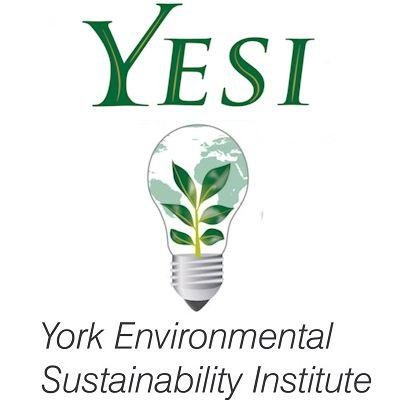Green Festivals Inspiring Green Cities
As the impacts of climate change become more of a reality, many cities are developing sustainability plans to guide them towards a greener future. While setting the goals within these plans can be challenging, it is an even greater challenge to achieve them. Many of these plans focus on specific …





